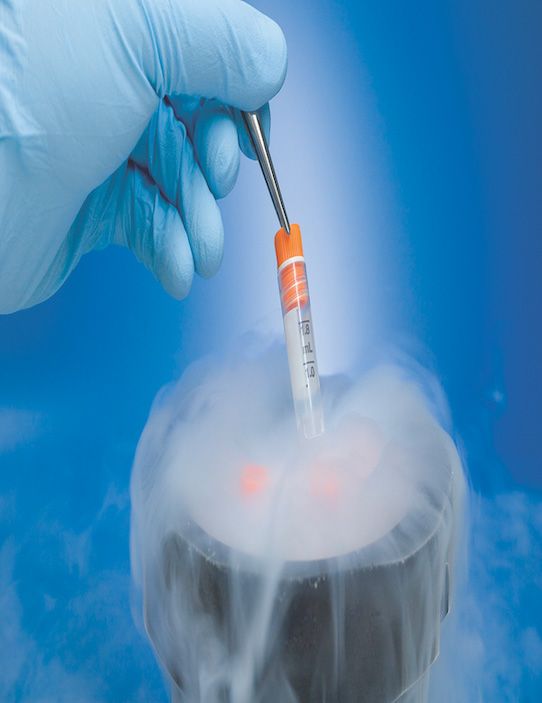Shifts in the retail pharmacy landscape
Latest SK&A pharmacy data outlines retail channel
The top 20 retail pharmacy chains represent roughly half of the overall retail market; independents represent about a third, and the remainder are smaller, regional chains. Those proportions have held fairly steady for several years, but there is considerable reshuffling going on within these categories.
Table 1, based on data collected annually by SK&A Information, a unit of IMS Health, ranks top chains by number of pharmacists employed; with few exceptions, that also tracks the ranking by number of stores. Events have been overtaking some aspects of this list: in 2016, it’s likely that CVS Health will ascend to No. 1, by way of its acquisitions of both Omnicare (#19) and Target’s pharmacy business (#6). Also, Cerberus Capital (#10), which owns the Albertson’s supermarket chain, has merged with Safeway (#7), and, as of early July, was preparing an IPO to go public.
At Walgreens (formally, Walgreens Boots Alliance), the news is the permanent appointment of Stefano Pessina, formerly acting CEO, following the merger of Walgreens and Alliance Boots (Alliance Boots, based primarily in Europe, is not included in this SK&A dataset).
There are a couple “non-standard” chains in the SK&A list, notably Kaiser Permanente, the pharmacy arm of the California-based (but now national) health system. Its presence (and high ranking) is an indicator of a coming trend in pharmacy: the closer alignment with healthcare providers. The big chains (CVS Health, Walgreens, Rite Aid) have been moving into the provider space themselves, through retail clinic divisions or alignments with independent retail clinic organizations; substantial growth is expected in this sector.
The other non-standard chain is the already-mentioned Omnicare, whose pharmacies have mostly been associated with long-term care facilities. When CVS Health made the bid to acquire it, the jewel was said to be Omnicare’s specialty pharmacy services, a fast-growing part of Omnicare and, in turn, a fast-growing part of pharmacy overall. The big chains have their own specialty units as well.
Both Omnicare and Kaiser have pharmacist/store ratios nearly double those of the conventional chains, as befits their closer alignment with healthcare providers. The pharmacist/store ratio has some surprises: some grocery chains (Kroger, Giant Eagle, Hy-Vee) have a higher ratio than the leading pure pharmacy chains, while others (Publix) are considerably lower.
For pharma marketers, the key will be paying closer attention to distribution channels, as alignments among healthcare providers, retailers, pharmacy benefit managers and group purchasing organizations reshuffle.

Newron, Myung In Pharm Form Partnership Centered Around Treating Schizophrenia in South Korea
January 14th 2025The license agreement will feature an upcoming Phase III trial and—depending on results—the development, manufacturing, and commercialization of evenamide as a potential treatment option.